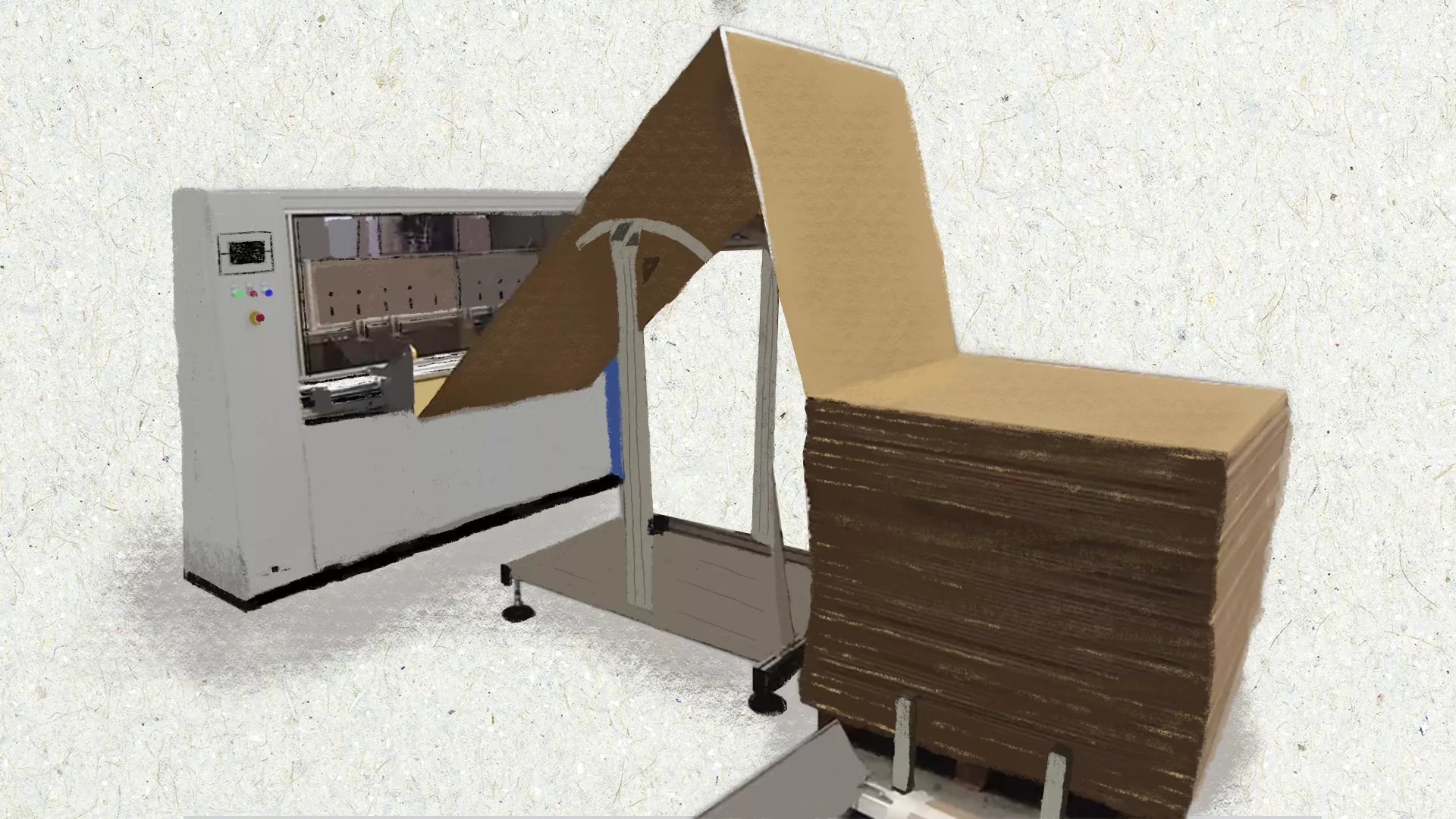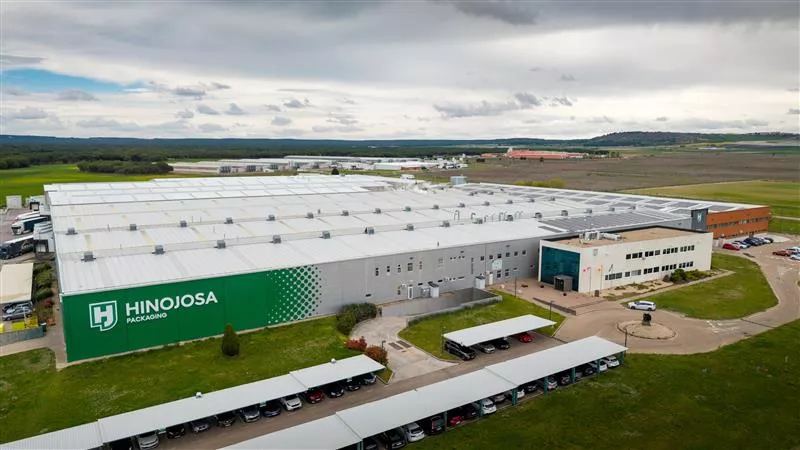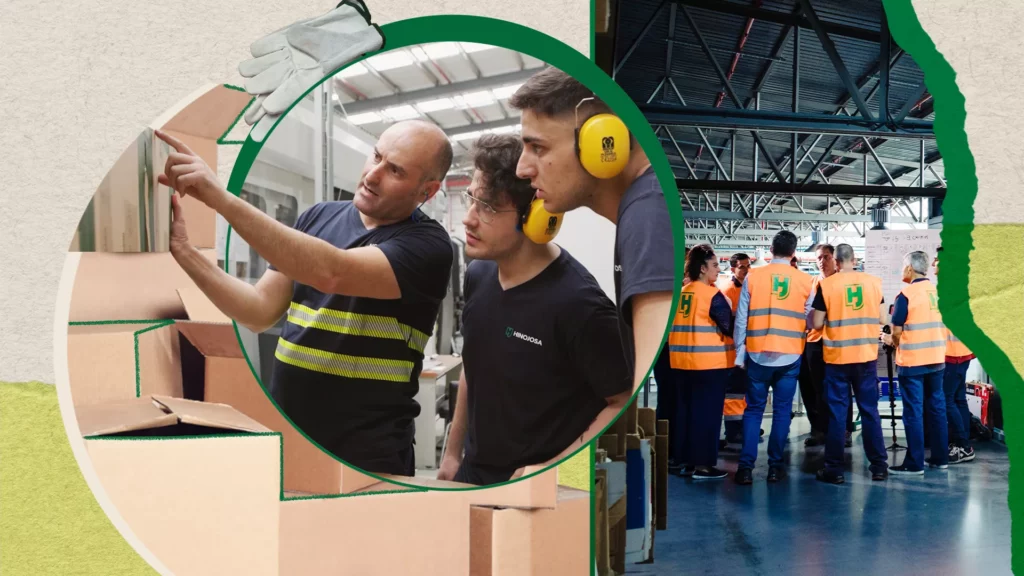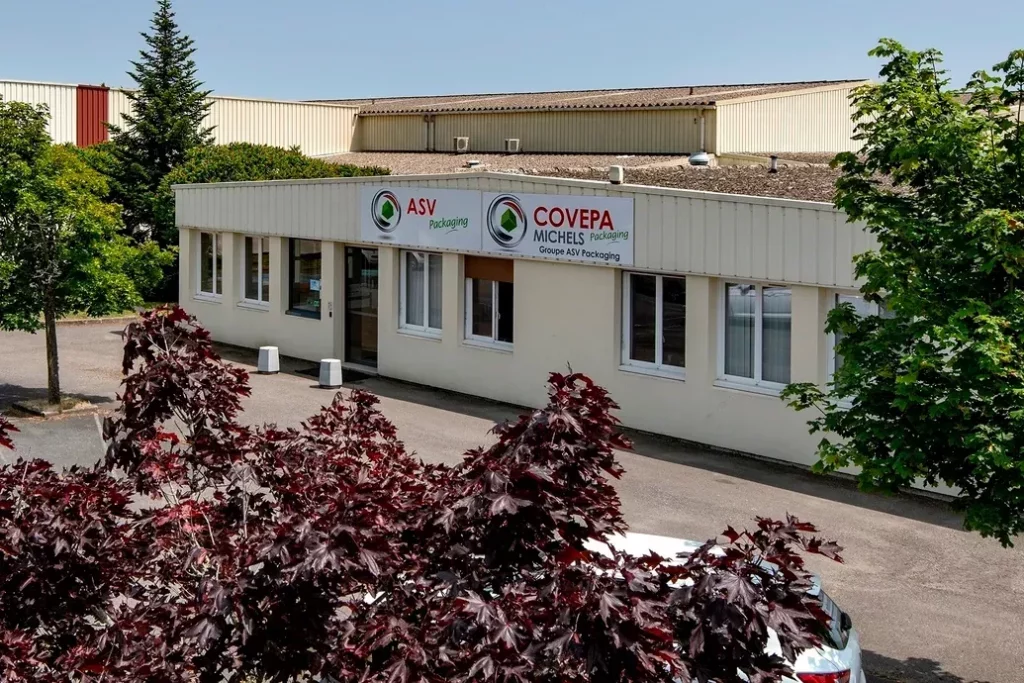Each and every one of these steps must run with clockwork precision so that the long-awaited unboxing moment is delayed as little as possible. And, even more so considering that delivery times continue to be the second most valued factor by consumers in their online shopping process, according to the 11th Edition of the IAB Ecommerce Study.
This situation becomes even more delicate and requires more resources during peak buying seasons: Black Friday, Christmas or Sales. The most popular products at this time of year? Retail and consumer goods. In fact, 21.5% of purchases in both sectors are already made over the Internet, according to data from UNO, the Spanish Business Organisation for Logistics and Transport.
But how are the logistics warehouses of the main operators organised so that the order reaches the customer on time? The key is Picking and Packing.
From Pick to Pack to create memorable brand memories
If you look up the word pick in an English translator it will probably translate as “to choose, select or select”. And its significance within the logistics chain means exactly that. The process by which the products that the customer has placed in his or her shopping cart and which have been converted into an order are prepared. Thus, in this initial phase, the product is selected, taken to the loading point and checked to ensure that it corresponds to the order that the customer expects to receive.
And, as you might guess, packing refers to the packaging of the product. This phase within the logistics chain plays a large part in the equation that ensures the success of an online purchase for both the buyer and the seller.
The shopper will have excellent brand recall if, when he receives his desired package, he can easily open it, access its contents in perfect condition and, if necessary, reseal it for return. A good unboxing experience can turn a customer into a prescriber. But how can brands make this experience memorable for their online customers?
Choosing the best packaging for e-commerce means opting for sustainable, innovative, well-designed packaging that is adapted to every need. And, therefore, it also involves choosing a good supplier or collaborator to accompany you on this path. At Hinojosa, we have been developing integrated sustainable packaging solutions for more than 75 years using cardboard, a material that already has the advantage of being of natural and organic origin. In addition, their manufacture emits less CO2 and consumes less energy than others.
Beyond the material itself, at Hinojosa we have a wide range of products ranging from returnable envelopes to self-adjusting boxes, with automatic bottom, extra resistance or tamper-proof seals and suitable for returns in order to favour reverse logistics. Or, in other words, the all-too-common returns in the online business sector. But beyond these solutions, if there is one packaging method that adapts to the needs of e-commerce and facilitates logistics, it is the fanfold.
The fanfold, a made-to-measure cardboard suit
The fanfold is, in short, sustainable packaging that is tailor-made for each order. So, whether the customer has included one product or several in their shopping cart, they will receive a package tailored to the exact measurements of the volume of their order at home. No excess cardboard and therefore no packaging waste or filler material such as plastics, polystyrenes, foams or bubbles.
This type of packaging is designed to simplify the logistics chain for companies with a large number of product and packaging references. The fanfold machinery installed in the plants or logistics warehouses of the companies produce the packaging on demand depending on the product.
Once the picking process is finished, the products from the customer’s shopping cart are placed in the fanfold machines, which then measure the dimensions of the package, generate the appropriate packaging for these specifications, pack the products and even generate the label that is stuck onto the product for its transport to the delivery address.
As you would expect, all this automation of the packaging process translates into significant logistical advantages. Starting with the storage of packaging materials. It is no longer necessary for the company to have dozens of size references for cardboard in its plants. The fanfold comes accordion-folded, thus optimising storage space and reducing transport costs.

More specifically, fanfold can reduce shipping, storage and transport volume by up to 40%. If we focus on production, the high-performance machines have an average output of 1,000 packs per hour, depending on the size and order input into the machine. Of course, all these volume and material savings translate into reduced environmental impact.
Just as the fanfold adapts to the product, at Hinojosa we adapt to your needs: we study your logistics chain, packaging and assembly times, cost and reference optimisation, palletisation and storage space; we optimise your carbon footprint, whether by means of the fanfold or with any of our packaging solutions for e-commerce.



